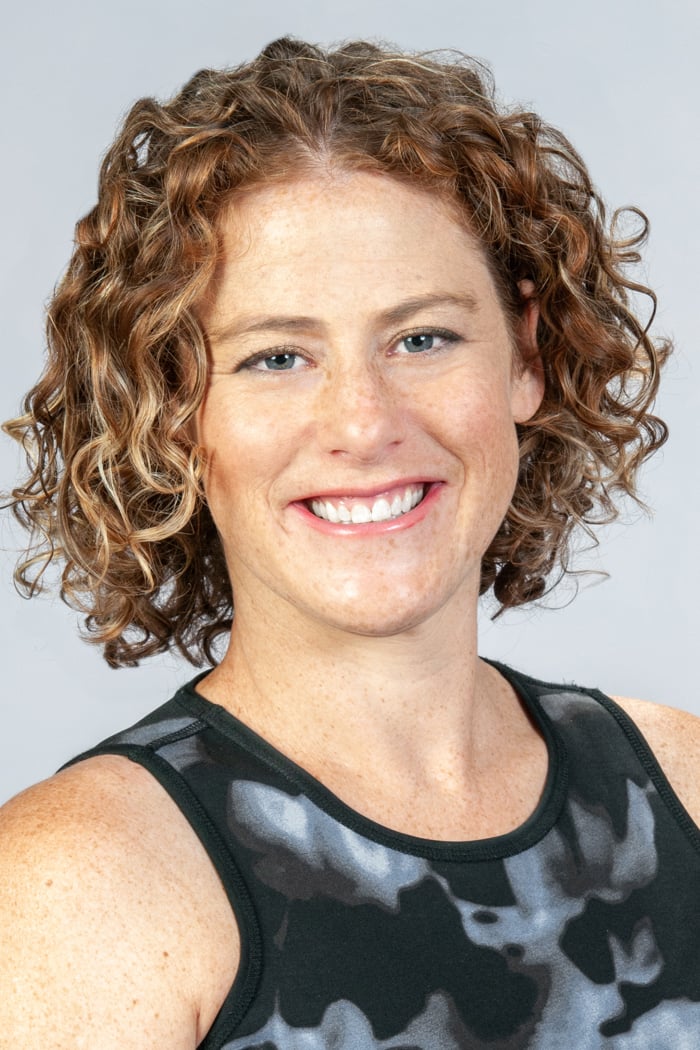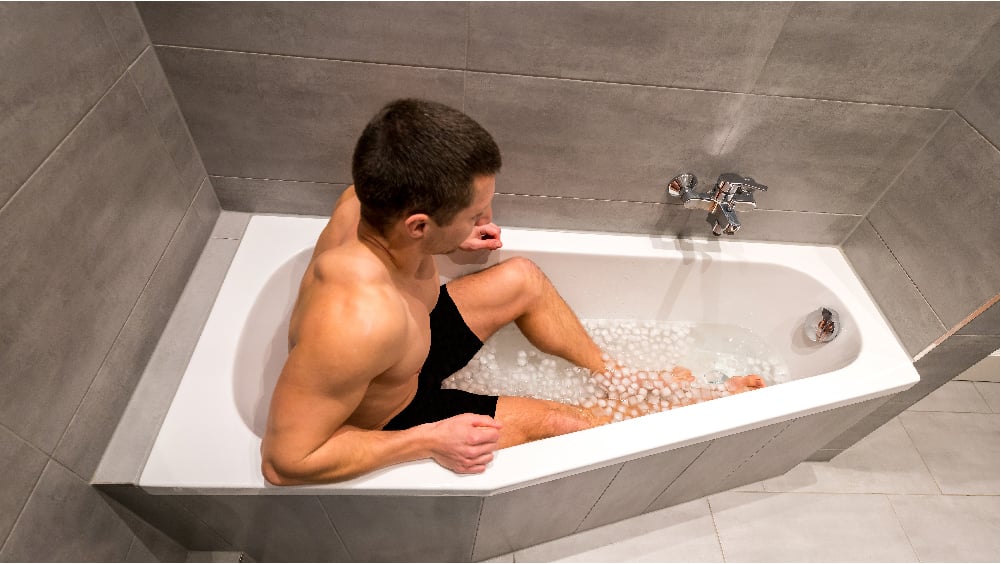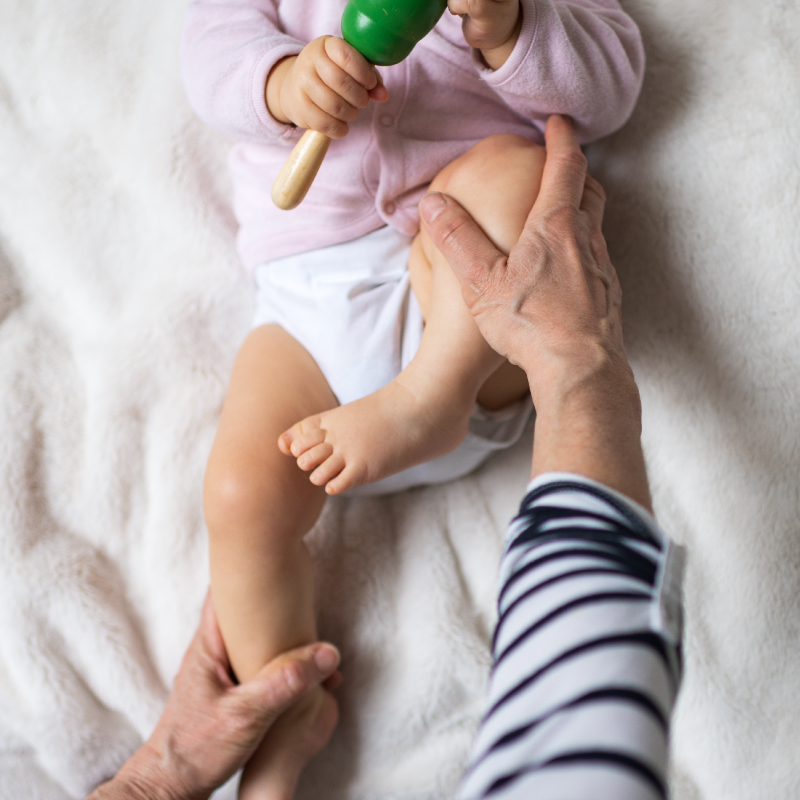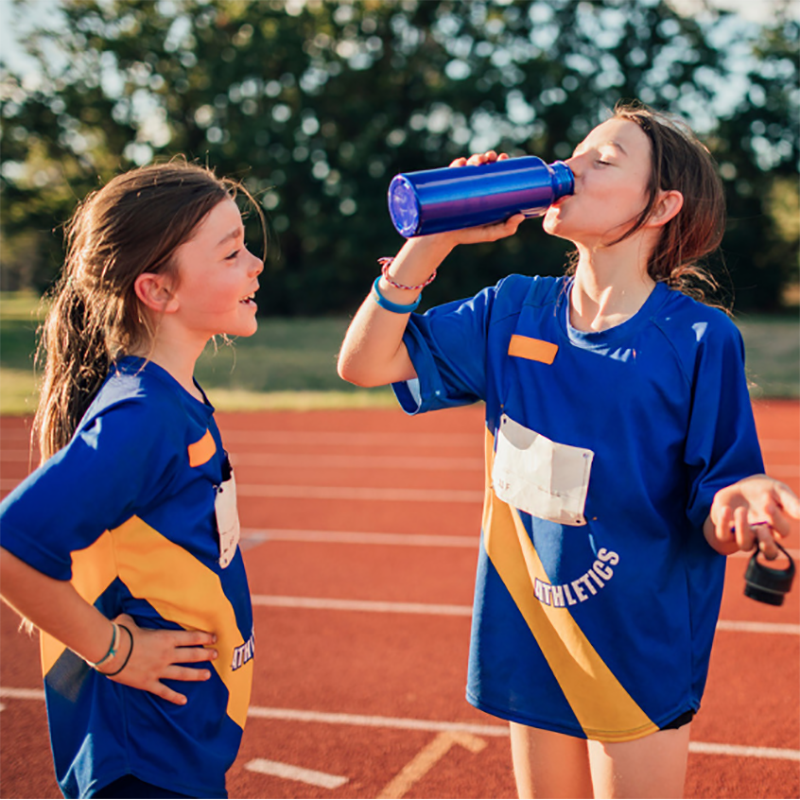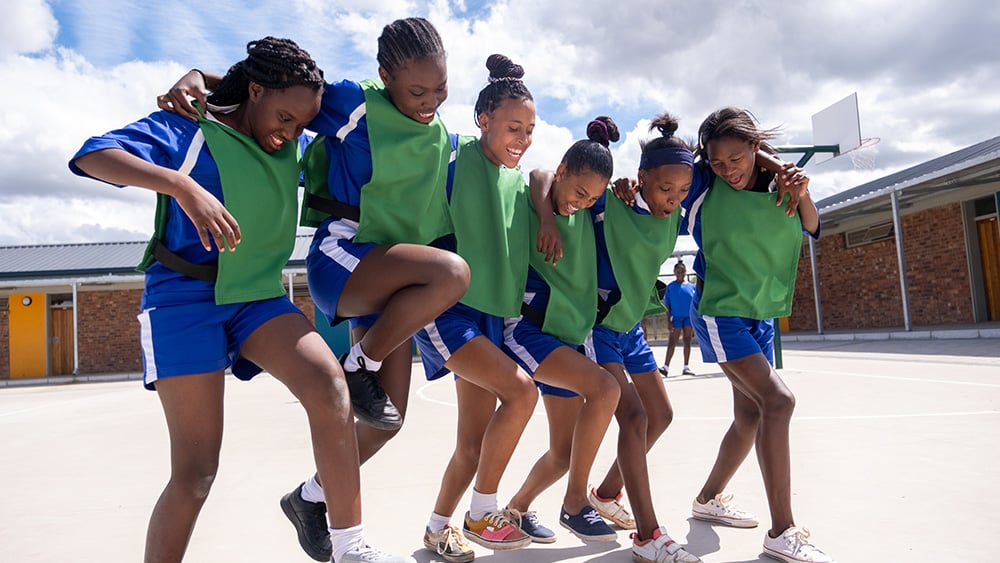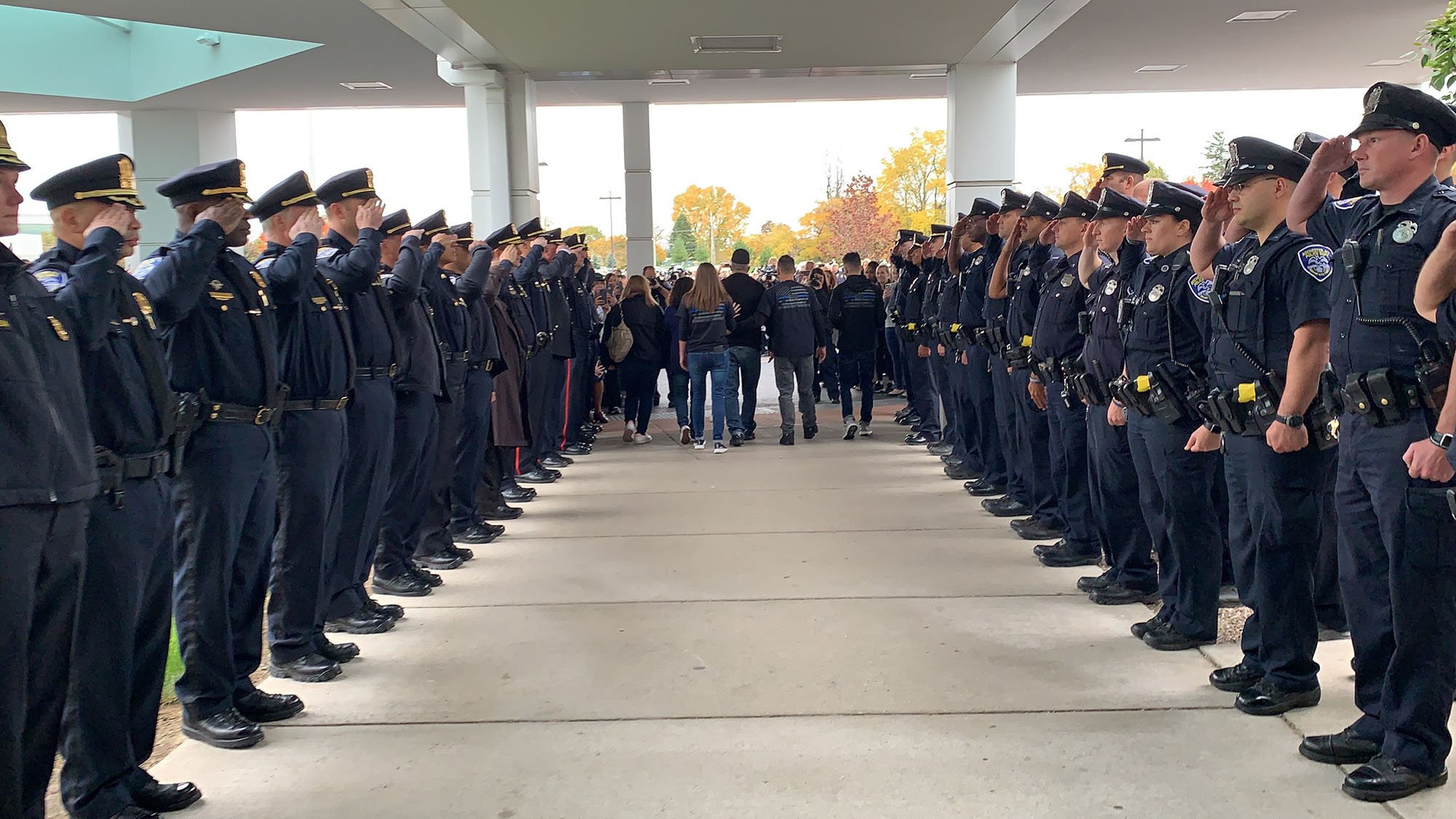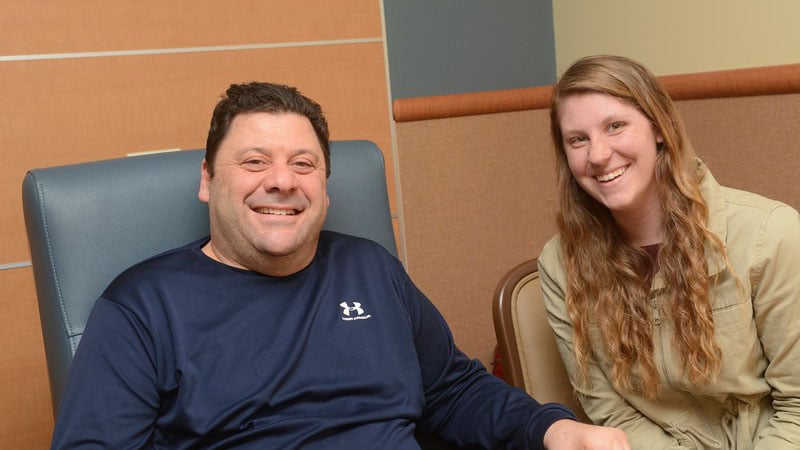Key Takeaways
- No matter how minor a head injury may seem, always check with a medical professional.
- If someone has confusion, decreased coordination, losing consciousness, seizures, slurred speech, or vomiting after hitting their head, seek medical care immediately.
- To protect brain function, athletes should always follow ‘return to play’ protocols before returning to competition.
Being the parent of a young athlete comes with a great deal of excitement and pride. That joy also comes with the risk of injury. High school athletes suffer 3.5 million injuries each year, according to the American Academy of Pediatrics.
Concussions are the most common type of traumatic brain injury. A concussion occurs after a blow to the head, a fall, or other injury that violently shakes the brain. In such cases, the trauma is severe enough that the spinal fluid surrounding your brain is unable to cushion it, causing an injury.
Kate Grant, DO, is a sports medicine physician with Rochester Regional Health who works in Victor. She explains how concussions affect growing athletes, the best ways to recover from them, and how to prevent concussions from happening.
How to tell if your child has a concussion
While an initial hit to the head may cause symptoms that begin immediately, sometimes symptoms may not start for days or weeks after the injury. Common immediate symptoms include:
- dizziness
- fatigue
- feeling dazed
- headache
- nausea
- trouble concentrating
Some symptoms are more severe and require immediate medical attention, such as
- confusion
- decreased coordination
- losing consciousness
- seizures
- slurred speech
- vomiting
“Fewer than ten percent of sport related concussions involve loss of consciousness or blacking out,” Dr. Grant said.
Diagnosing a concussion
When an athlete has a head injury, even if it appears minor, they should seek medical attention. The potential risks of brain damage from a concussion are too serious to ignore.
“Unless you are a medical professional, do not try to assess the severity of a concussion on your own,” Dr. Grant said. “Visit a healthcare provider as soon as you can and have them determine if there has been a concussion.”
Patients will meet with a healthcare provider for a complete history, physical and neurologic exam. This will include questions to test memory and the ability to pay attention.
Depending on the patient’s symptoms, a CAT scan or MRI may be ordered to make sure the brain is not bruised or bleeding. Any person with a concussion should be monitored for worsening symptoms.
Treating and recovering from a concussion
The best therapy to recover from a concussion is rest – both physical and mental. This includes limits on:
- physical activity
- driving
- school work
- video games
- phone use
Getting plenty of sleep and limiting stress are also recommended. Ice packs, pain medications and other supportive treatments may also be prescribed.
Some people will feel normal again in a few hours, while others may have symptoms for weeks or months. Most make a full recovery but if another injury happens before the brain is fully healed or if multiple concussions occur, permanent brain injury may occur.
Coaches and athletic directors have strict guidelines when it comes to athletes returning to play. These guidelines have been developed by experts and ensure an athlete does not put his or her brain health in jeopardy. Before starting on the return to play guidelines, an athlete must:
- complete physical and cognitive rest
- not experience any concussion symptoms for at least 24 hours
If the athlete meets these criteria, they are allowed to gradually ramp up physical activity and practice again while being monitored.
“The length of each person’s recovery depends on their symptoms and how serious their injury is,” Dr. Grant said. “It may take anywhere from several weeks to months to fully come back.”
Preventing concussions for young athletes
While concussions may still happen more frequently in contact sports such as football and soccer, there are precautions and equipment to prevent severe injuries.
Wear protective equipment: Where appropriate, wear protective gear. Helmets for football and lacrosse players, skiers, and other athletes are mandatory during competition, but they need to be worn during practices as well.
Talk with athletes: Remind each player that their safety comes first and they should report any injury to a coach or trainer, especially head injuries where they might not feel right.
Practice good sportsmanship: Being a good player is more than skill and talent. Avoiding intentional (or unintentional) injuries to opponents, especially when they are unprotected, should be taught and rewarded.
Teach proper techniques: Athletes should be coached about the best ways to avoid head injuries when coming into contact with other players.
Have emergency contact info ready: In case of any injury at a practice or game, athletes should have up-to-date medical information filed with their school’s athletic department or team coaching staff.
“Athletes who suffer a concussion are statistically more likely to have a repeat concussion,” Dr. Grant said. “Those repeat concussions can lead to more severe injuries and longer recoveries. Keeping your head safe from any potential injury should be one of the highest priorities for athletes, parents, and coaches in youth sports.”


